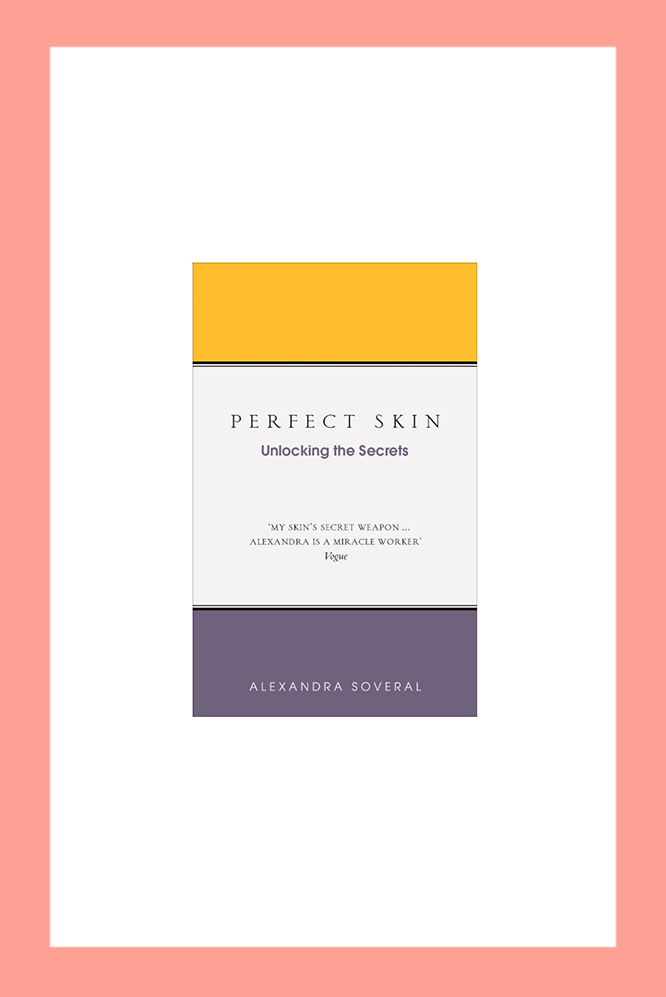How Our Skin Cells Can Protect Us From Viruses Rethinking Skincare with Alexandra Soveral
We have been forced to re-evaluate our lifestyle habits and how they ultimately affect our health. One area we can’t ignore? Our largest organ: the skin.
These last few months have been a wake up call for many of us. We’ve been forced to re-evaluate our lifestyle choices and the ways they affect our health. One area we can’t ignore? Our largest organ: the skin. Because the outermost layer of the epidermis is dead skin cells, harmful viruses are unable to replicate. As such, they need to enter the body through the nose, mouth, eyes, ears or abrasions on the skin.
From this, we can deduce three important things:
- Do not exfoliate the skin’s outermost layer! Eliminate all skin resurfacing products and treatments from your skincare. This layer is there to protect you from viruses as well as harmful bacteria.
- Do notundergo any abrasive treatments such as laser, micro-needling or microdermabrasion. Avoid anything that causes inflammation or removes the protective outer skin layers.
- Cleanse your skin as soon as you get indoors.
Why Is the Microbiome So Important?
The skin’s microbiome is our first line of defense. As such, we need to nurture instead of attack it for the sake of beauty. In the last decade or so, the beauty industry has veered away from skin health. It has put youthful-looking skin ahead of healthy skin. Youthful-looking skin should be a symptom of healthy skin; in other words, your beauty routine shouldn’t provide an illusion of youth at the cost of long-term damage. Skin resurfacing treatments, for instance, reveal younger-looking skin. However, these exposed skin cells are immature and therefore not strong enough to protect against disease.
Antibiotics do not discriminate between helpful and harmful bacteria.
When the skin is defenseless, several conditions are likely to develop that dermatologists are often unable to diagnose. For example, some of these ailments include acne, rosacea, sensitivity, hyper-pigmentation, eczema and dermatitis. Unfortunately, the usual prescriptions end up being harmful to our long-term general health (i.e. antibiotic creams, Accutane, laser treatments, and others). Although such methods of treatment offer quick relief especially when bacteria growth is out of control, they do not deal with the root of the problem. Even more, antibiotics do not discriminate between helpful and harmful bacteria.

Key Player: The Acid Mantle
The road to recovery for all skin issues is restoring the skin’s acid mantle. In turn, this will support the skin’s microbiome. Without the acid mantle, harmful bacteria is free to colonize the skin.
To restore the acid mantle, stop using the following products:
- Foaming cleansers. They instantly change the skin to a more alkaline pH.
- Retinol-based products. These encourage skin cells to divide at a faster rate, which prevents the skin cells to fully mature to support the skin’s microbiome.
- High Vitamin C products. Anything above 1% becomes a solvent.
- HAHs, glycolic acids and any other skin resurfacing ingredients. These are solvents that destroy the skin’s acid mantle.
- Any products with any solvents or harsh chemicals.
Clearer Skin is Coming!
The good news is that your skin is resilient. In other words, it is always working to repair itself. Every time we do something harmful, the skin tries to repair the damage we have caused. New skin cells are constantly growing, while our bodies push nutrients towards the skin. Once we remove the damaging agents that are destroying our acid mantle, the repair process becomes quick and easy.
Don’t forget fatty acids; these are the skin’s building blocks.
However, the skin has go to through a detoxification process. This may mean breakouts! Let the blemishes bloom and don’t stress.To help the skin cells repair, enrich your diet with lots of dark, leafy greens full of vitamin C and essential minerals. Don’t forget fatty acids; these are the skin’s building blocks. You can find them in seeds, fish and nuts.
Keep It Simple
Be as gentle as possible with your skincare routine:
- Cleanse with a non-foaming milk or balm cleanser. Rinse well with a soft face cloth.
- Mix halforganiccider vinegar and half purified water to use as a toner to balance the skin’s pH.
- Moisturise with a light and natural hydrating product.
- For breakouts, simply apply a drop of pure lavender oil mixed with a drop of pure tea tree oil directly onto the affected area. Let dry naturally.
Allow the skin to find its balance. Trust your skin! She knows what she’s doing.
For more information on understanding our skin and how to care for it, consult my book, Perfect Skin, Unlocking the Secrets.








